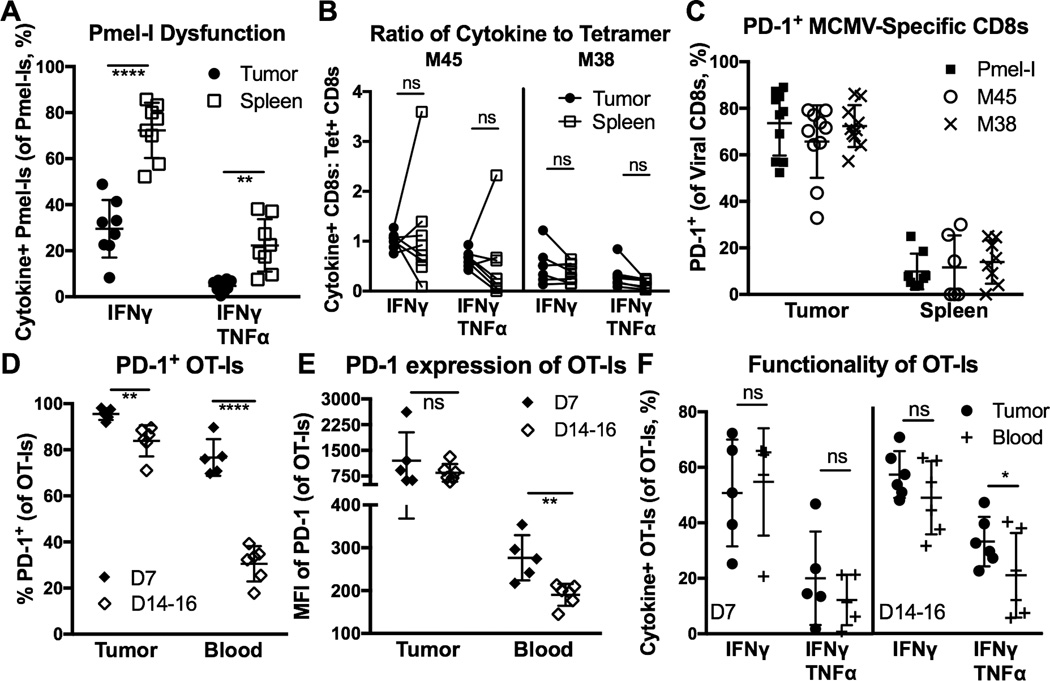Figure 3. MCMV-specific CD8+ T cells retain function in tumors despite high PD-1 expression.
A–C) Animals were setup as in Fig. 1A, with MCMV-gp100 IP infection. Shown is (A) the percent of Pmel-Is that produced cytokines after ex vivo stimulation with gp100 peptide, (B) the functionality of MCMV-specific T cells in the tumor and spleen as assessed by the ratio of tetramer staining to cytokine production after ex vivo stimulation with peptide, and (C) the percent of Pmel-Is or MCMV-specific CD8s that were PD-1+ at sacrifice. D–F) Animals received 103 OT-Is on D-1 and B16F0s on D0. Tumor-bearing mice were infected with MCMV-GFP-SL8 IP on D5, and sacrificed on D7 (n=5) or D14–16 (n=6) post-infection (P.I.). Shown is (D) the percent of OT-Is that were PD-1+ 7 or 14 days P.I., (E) the PD-1 mean fluorescence intensity (MFI) on OT-Is in the tumors and blood of animals D7 or D14 after MCMV-SL8 infection, and (F) the percent of OT-Is recovered from the tumor or blood that produced cytokines after ex vivo stimulation. All data is represented as the mean +/− SD. Significance was assessed by paired (A, B, D) or unpaired (E) t-tests, p < 0.05 = *, p < 0.01 = **, p < 0.0001 = ****.

